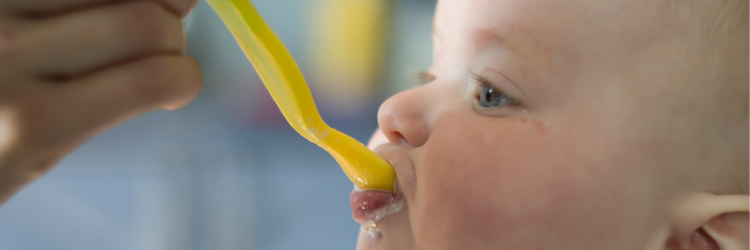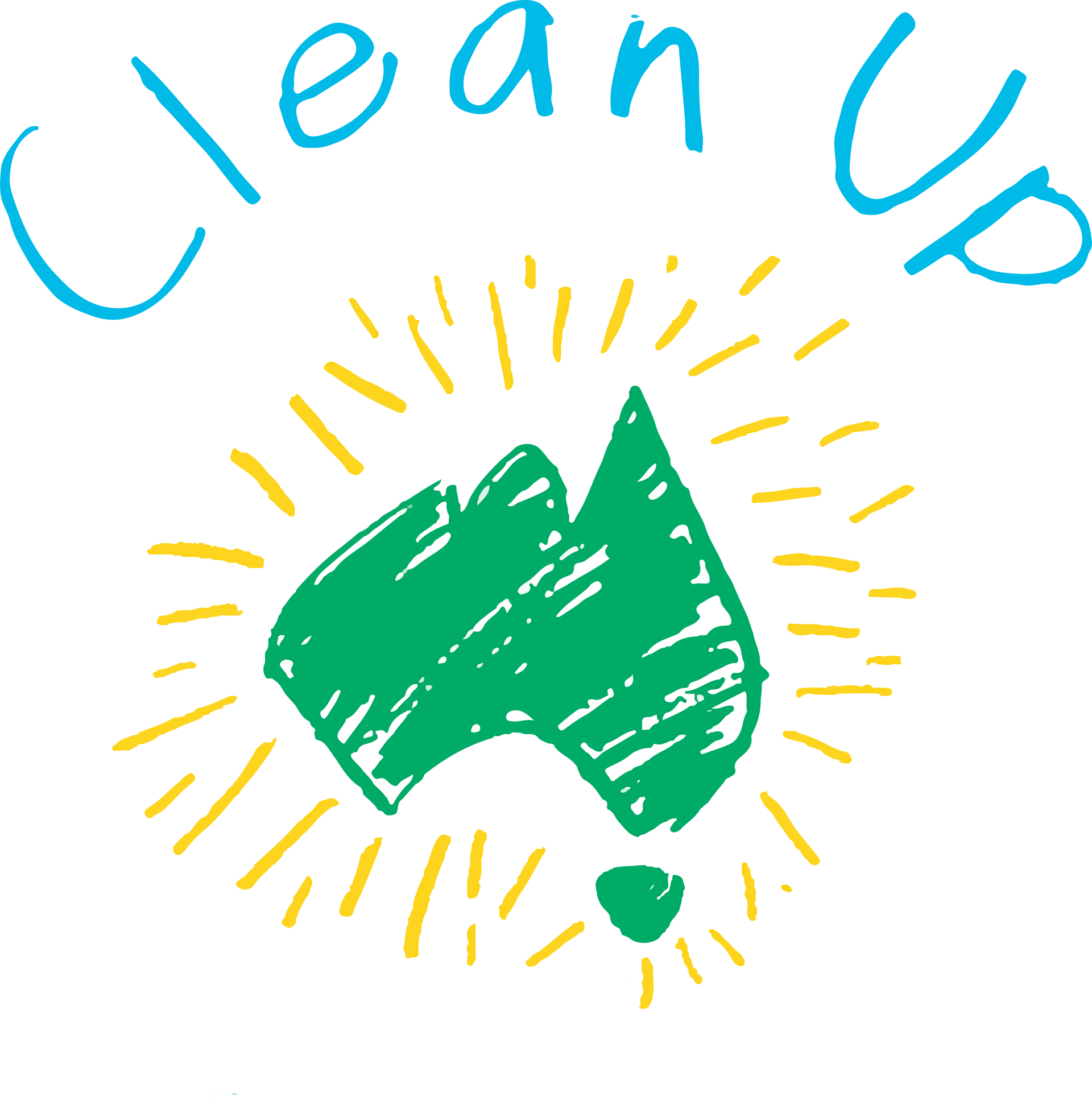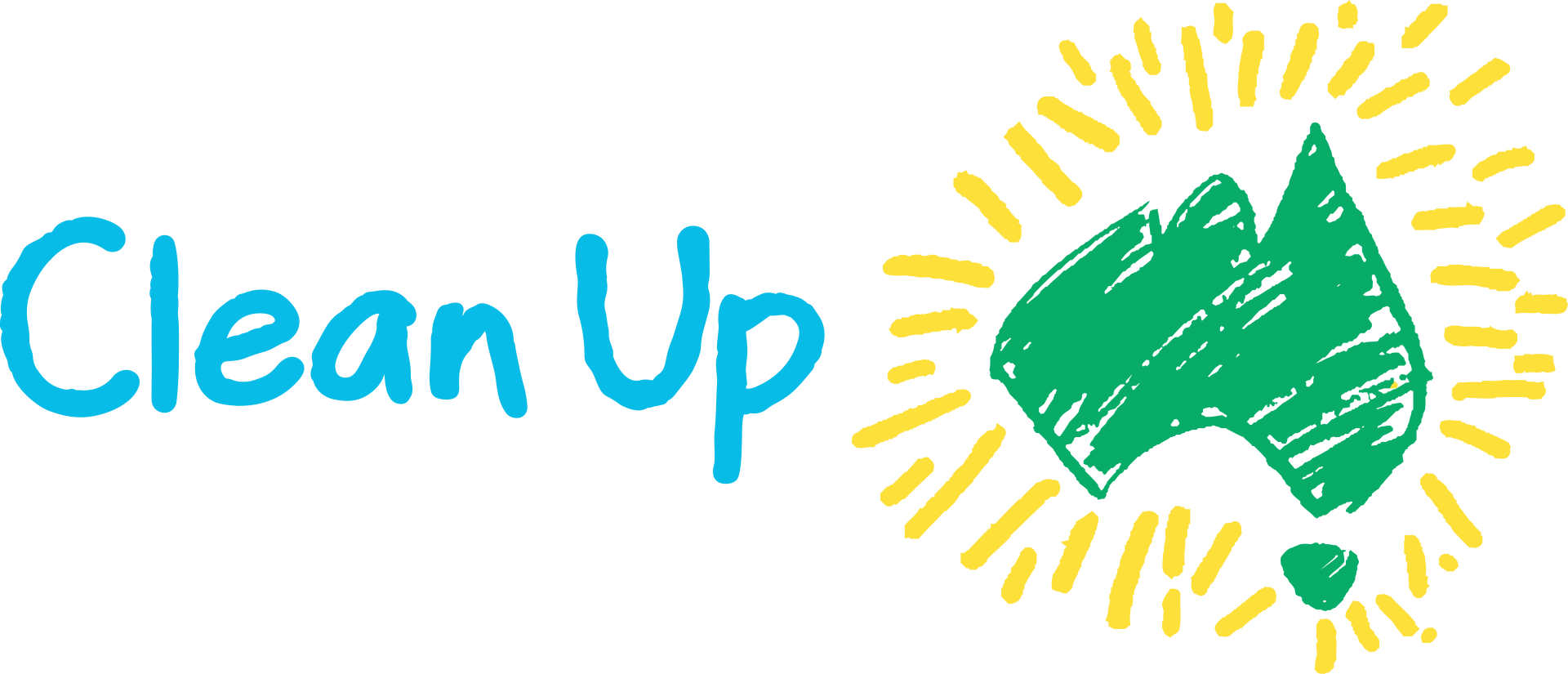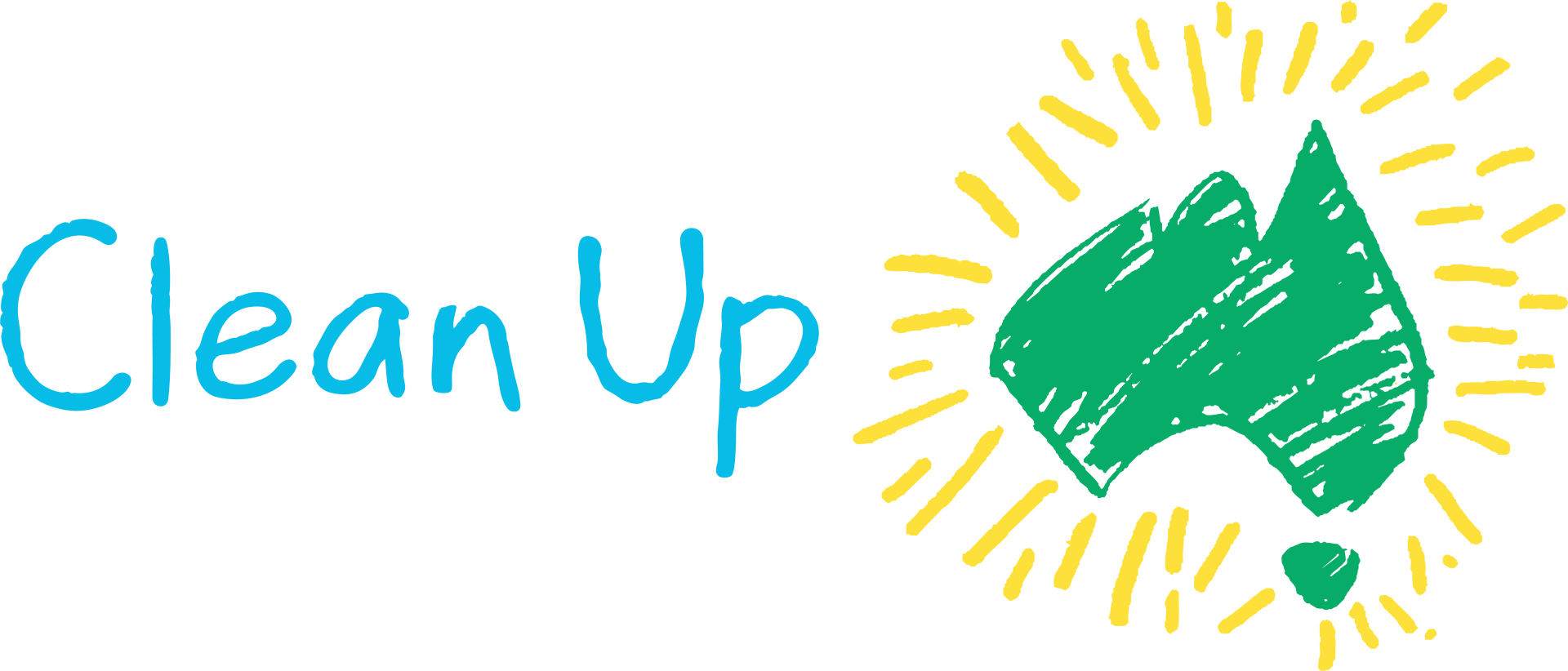Feeding Babies and Toddlers: Ideas for Reducing Waste
Preparing food for babies and toddlers can be very time-consuming. Until they can eat the same food as you, it might be more convenient to give them readymade meals and snacks. Often though, this food is sold in a lot of plastic packaging. With soft plastics no longer being recycled, you could consider trying to reduce your children’s consumption of foods packaged in plastic.

Babies and toddlers are also great at producing lots of food waste. This could be because they don’t like a particular food so they simply refuse to eat it. Otherwise, they may just drop food on the floor to test cause and effect, and our patience! Another reason for wasted food is because it can be hard to know your child’s hunger levels and therefore you may offer them too much food.
Here are some waste-reducing ideas to consider when feeding babies and toddlers. You don’t have to do everything on this list but you may be able to do some of these things, some of the time, which can make a difference. This will reduce the amount of waste going to landfill and you’ll potentially save some money.
Preparing Your Own Food at Home
The best way to reduce waste from plastic packaging is not to buy packaged food in the first place. This is easier said than done but preparing at least some of your own food for your child is better than doing nothing at all. This could be doing things like making purees, cooking and freezing small meals or baking biscuits. Preparing your own food also has the benefit of knowing exactly what you’re feeding your children.
Choose Food with Less Plastic Packaging
When buying baby and toddler food from the supermarket, there are a few ways to minimise potential waste from plastic packaging. You could try to buy items that are packaged in recyclable material like glass jars instead of plastic pouches. You could also choose to support brands which sell products with less plastic packaging. When it comes to fresh fruit and vegetables, avoid buying those which are sold with plastic packaging and use your own reusable bags.
Buy Food in Bigger Packets Instead of Individual Serves
Baby and toddler food is often sold in individual serves or in a bigger packet with individually packaged serves. This means that there is a lot of plastic packaging per serve so it would be great to avoid buying food sold this way. You can minimise waste by buying food sold in bigger packets and dividing the contents out to small glass jars, plastic containers or reusable plastic bags or pouches. This could be for food such as cheddar cheese, natural Greek yoghurt, biscuits, rice cakes and crackers. Another benefit of this approach is that you get to choose the serving size for your child, not the company selling the product.
Give Small Amounts of Food at a Time
With little ones trying new foods for the first time, or even the twentieth time, there can be a lot of food waste. They may refuse to eat because they don’t like a particular type of food or they’re not hungry. You could consider giving small amounts of food at a time and offering more once it's eaten. Use a separate refill container so you can save food that your child hasn’t touched or put in their mouth. By doing this, you will find that you have salvageable leftovers which can be used for future meals. Just make sure you refrigerate (or freeze) any unused food as soon as practical so it stays fresh and safe for your children. When there is wasted food, consider whether you can recycle it, such as by turning it into compost by using either a home composting bin or a specialised food waste recycling service.
Dani Smith is a Freelance Writer, Editor, Consumer Insights Consultant and mother of two. She's curious about finding ways to reduce waste at home.
Search for other blog topics:


